
VAUXHALL CORSA-E (2023-)
Discover the VAUXHALL CORSA-E (2023-), a popular and practical electric hatchback that's making waves in the UK market. Designed as a compact city car, the Corsa-E offers a perfect blend of style, efficiency, and ease of driving, making it an excellent choice for urban dwellers, commuters, and first-time electric vehicle buyers. Its sleek appearance and user-friendly features have made it a standout among rival small electric cars, with many owners appreciating its smooth electric drive and low running costs.
The VAUXHALL CORSA-E (2023-) is known for its reliability and affordability, with an average valuation of around £16,200 based on recent private sales. Its modest average mileage of just under 6,000 miles suggests many are relatively new and well-maintained. The car is particularly suited for everyday commuting, city errands, and those looking to transition to electric driving without sacrificing practicality or style. Its reputation for being a dependable, efficient, and affordable electric car makes the VAUXHALL CORSA-E (2023-) an attractive option when exploring used electric vehicles in the UK.

average use
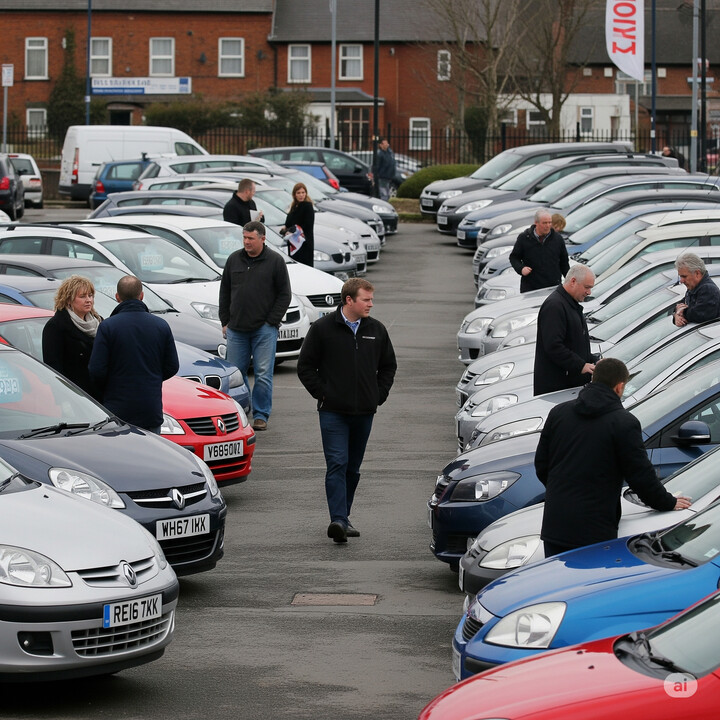
The data indicates that for the most recent mileage recordings of Vauxhall Corsa-E (2023 onwards) vehicles, all recorded mileages are within the 0 to 10,000 miles range. This suggests that these vehicles are relatively new or have low mileage, highlighting their likely recent registration and possibly their condition as low-use vehicles.

vehicle values
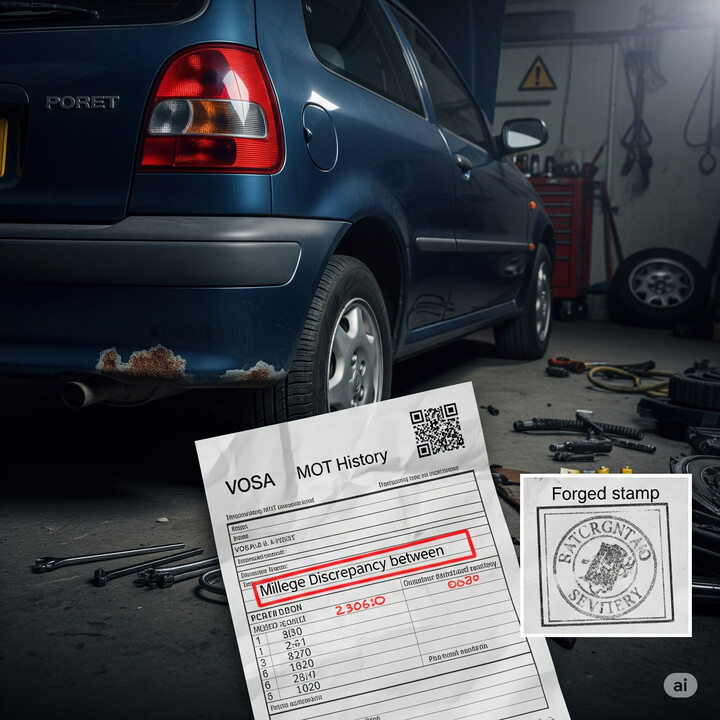
The data on private sale prices for the VAUXHALL CORSA-E (2023-) indicates that the majority of vehicle valuations fall within the £15,000 to £17,000 range, accounting for approximately 54.3% of sales (32.6% in £15,000-£16,000 and 21.7% in £16,000-£17,000). Notably, a smaller proportion, around 3.6%, of vehicles are valued between £13,000 and £14,000, while only 1.4% are in the highest bracket of £19,000 to £20,000. This suggests a relatively concentrated market with most private sales centered around the £15,000-£17,000 range, and fewer vehicles at the lower or higher ends of the valuation spectrum.

production years
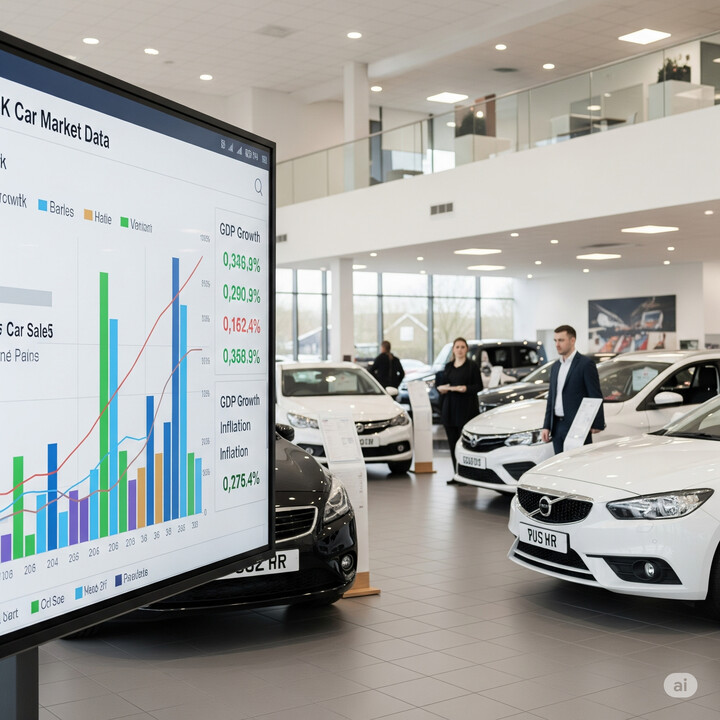
The data indicates that the majority of Vauxhall Corsa-E vehicles are manufactured in 2024, accounting for approximately 80.4%. A smaller proportion, around 8.7%, were produced in 2023, the year the model was released, which suggests that most vehicles are relatively new. Additionally, about 10.9% of the vehicles are from 2025, possibly representing vehicles that will be delivered or registered early in that year. Overall, the distribution reflects a recent and predominantly current fleet of Vauxhall Corsa-E vehicles.

colour popularity
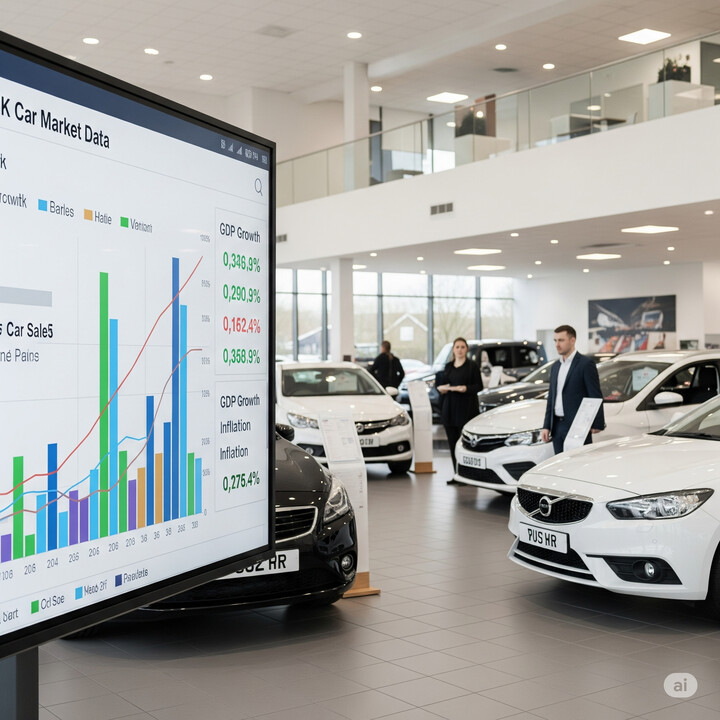
The data shows that the most common main paint colour for the 2023 Vauxhall Corsa-E is Grey, accounting for approximately 42.8% of vehicles, making it the dominant choice among owners. White is the second most popular at 18.8%, followed by Black at 13.8%, Red at 16.7%, and Blue being the least common at 8%. Notably, Grey and White together constitute over 60% of the fleet, suggesting a preference for neutral and classic colours among buyers of this model.

ownership cycle
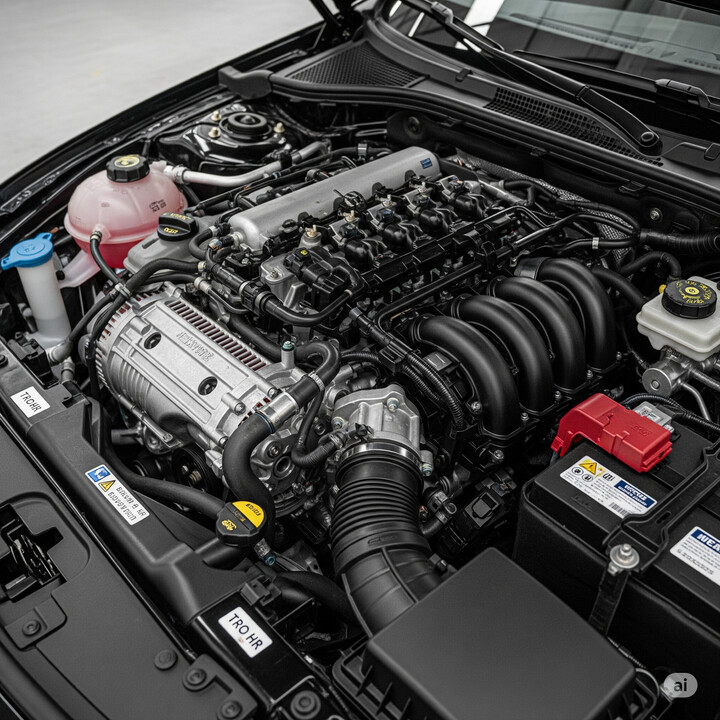
The data indicates that the majority of VAUXHALL CORSA-E (2023-) vehicles have been registered with only one keeper, accounting for approximately 66.7% of all vehicles. About 28.3% have had two keepers, with a small percentage (1.4%) having three keepers. Additionally, there are vehicles with no recorded keeper information (2.9%) and a very minor portion with four or more keepers (0.7%). This suggests that most vehicles tend to remain with their first registered owner for a significant period, reflecting stability in ownership within the early months of this model's life.

engine choices

The data indicates that all Vauxhall Corsa-E models from 2023 onward are fully electric, with 100% of the sample having electric primary fuel. Notably, there is no available information on engine capacity for these vehicles, which is consistent with their electric nature, as traditional internal combustion engine capacity is not applicable. This highlights the model's clear shift towards electric propulsion and the absence of conventional engine specifications.












